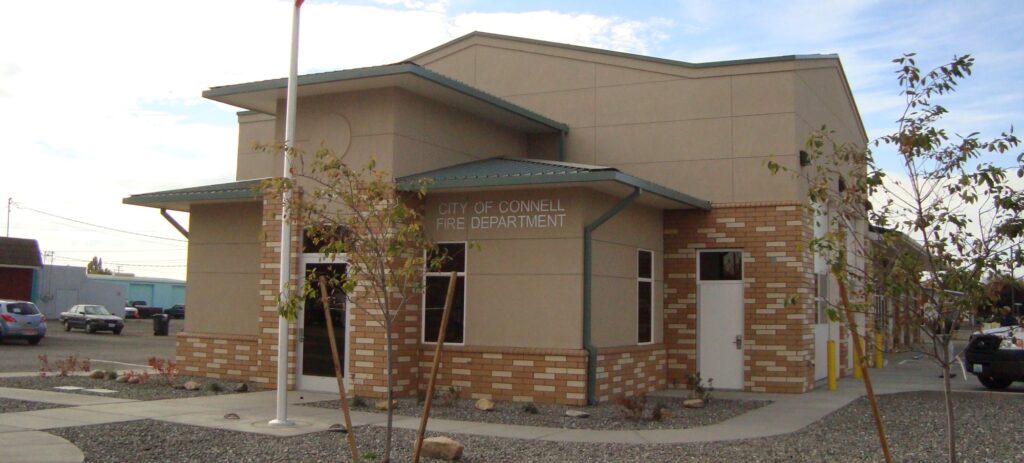
Why do I need a Structural Engineer?
What is the difference between a Civil Engineer, who primarily works on structures and a Structural Engineer?
Let us begin by defining what a Civil Engineer does. According to the U.S. Bureau of Labor Statistics,
Civil engineers conceive, design, build, supervise, operate, construct, and maintain infrastructure projects and systems in the public and private sector, including roads, buildings, airports, tunnels, dams, bridges, and systems for water supply and sewage treatment.
Okay, so then how is a Structural Engineer different?
In Washington State, the requirements for obtaining a Professional Engineering (PE) registration is a 4-year degree at an accredited university, passing the Fundamentals in Engineering Exam, plus four years’ experience, then passing the PE Exam. The Registered Civil Engineer has passed the Civil Engineering PE Exam. The Structural Engineering (SE) registration requires two additional years of experience beyond the Civil Engineering PE exam and an additional 16-hour examination.
When am I required to hire a Structural Engineer versus someone with a Professional Engineering Registration?
Someone who is registered as a Structural Engineer (SE) in Washington, Oregon, Idaho, California, Utah, Illinois, etc. is required when providing the structural design for certain structures. In general, SE’s are required for significant structures as defined by state law.
In Washington State, the significant structures, as defined in RCW 18.43.020, must be designed by a Registered SE are as follows.
- Hazardous facilities, defined as: Structures housing, supporting, or containing sufficient quantities of explosive substances to be of danger to the safety of the public if released;
- Essential facilities that have a ground area of more than five thousand square feet and are more than twenty feet in mean roof height above average ground level. Essential facilities are defined as:
- Hospitals and other medical facilities having surgery and emergency treatment areas;
- Fire and police stations;
- Tanks or other structures containing, housing, or supporting water or fire suppression material or equipment required for the protection of essential or hazardous facilities or special occupancy structures;
- Emergency vehicle shelters and garages;
- Structures and equipment in emergency preparedness centers;
- Standby power-generating equipment for essential facilities;
- Structures and equipment in government communication centers and other facilities requiring emergency response;
- Aviation control towers, air traffic control centers, and emergency aircraft hangars; and
- Buildings and other structures having critical national defense functions;
- Structures exceeding one hundred feet in height above average ground level;
- Buildings that are customarily occupied by human beings and are five stories or more above average ground level;
- Bridges having a total span of more than two hundred feet and piers having a surface area greater than ten thousand square feet; and
- Buildings and other structures where more than three hundred people congregate in one area.
I need a Structural Engineer, what are my options?
If your project includes a building or structure that meets the criteria listed above and you are looking for assistance with project feasibility, design, and/or construction administration, please feel free to contact Meier Architecture • Engineering, as we maintain several licensed structural engineers on staff with licenses in many states.
